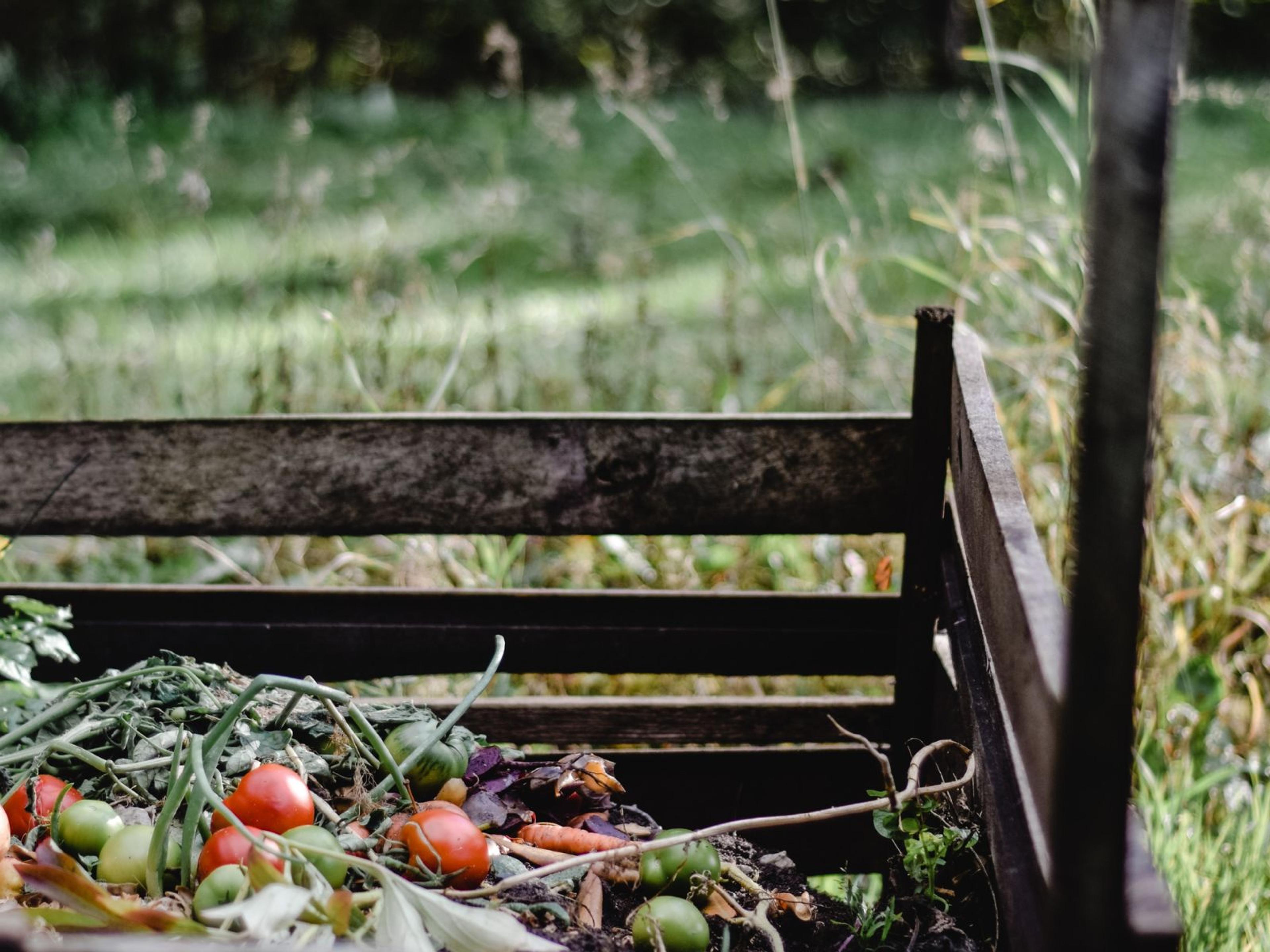Investing in Circularity for Regeneration
“In traditional agriculture, the soil is the mother.
She’s the mother who gives, to whom you must give back.”
— Vandana Shiva
Deep-seated patterns of inefficiency, misdistribution and waste characterise our current industrial systems, leading to high levels of food loss (which occurs from farms up to and excluding retail) and food waste.
To use the succinct framing of the Ellen MacArthur Foundation - currently, we have take-make-waste linear systems: ‘we take materials from the Earth, make products from them, and eventually throw them away as waste’ (MacArthur 2022).
The flip side of this linearity is that there is a huge opportunity and potential to rethread that straight line into a circular form — using the principles of the circular economy — to eliminate waste and pollution, circulate products and materials, and regenerate nature (ibid).
As Formidable Vegetable Sound System sings, “There's no such thing as waste. Only stuff in the wrong place.”
There are multiple investment needs when we consider rethreading circularity — we canvas a few of these below, noting this is not a comprehensive survey of the field but a quick snapshot of some of the emerging opportunities and needs identified through our research.
Closing the Loop On Farm — funding knowledge sharing, capacity building, innovative infrastructure
There's increasing interest from farmers to use byproducts and production excesses as alternative inputs for their systems. This is being driven by a combination of factors including rising input costs, environmental concerns and growing knowledge around the importance of soil biology. A lot of this knowledge is completely new to the industrial farming systems of Australia. Support is needed to help develop and share this knowledge in accessible forms — through resources, hands-on learning opportunities, demonstration sites, research, farmer innovation, extension and education.
There is a whole lot of innovation happening in this space by farmers, who are trialling everything from compost application methods on banana farms, to compost slurry on wheat crops, to bio-ferments on orchards and market gardens. For philanthropy and public funds, there is a huge need to invest in development, innovation, adoption and sharing across this field.
This opportunity area is in direct contrast to the current corporate stranglehold on farm inputs which flows through to the farm advisory and agronomic level. It's about enabling farmers to operate without dependence on these external inputs that come from centralised and ecologically costly systems which are all too frequently recommended via commercially motivated advice.
Closing Broader Production, Processing and Retail System Loops — investing in regional businesses and infrastructure for cycling waste, excess and by-products into inputs and other products
It's also important to recognise that not every farmer wants to or can make their own inputs on farm, so there is an opportunity here to invest in businesses working to take byproducts and waste streams to repurpose them into regenerative inputs. It's looking like a pretty good business to be in, with the growth of the global bio fertiliser market projected to reach USD $2.7 billion by 2027. This opens up public and commercial investment opportunities for innovative business evolution around regional and industry waste circularity back into production systems.
Again there is a knowledge and access element here that also requires consideration — how do farmers access these products, or the knowledge about their benefits and how to use them, when many agronomists and rural stores don't stock or recommend them? This takes us back to the need to fund education and learning programs, of which the Soils for Life case study is an example. But it also points to some of the emerging opportunities to invest in enabling forms of retail and distribution.
Additionally there are processing technologies and new businesses that work to divert waste and excess back into the system as consumable products.
“There's some work needed around regional capacity building.
We run ‘making compost on farm’ workshops online and face to face and there's a lot of interest from growers, but not everyone wants to or can make their own.
So there's an opportunity to build different models at different scales, in different landscapes — like Armidale did with City to Soil. If you worked with say Shepparton and Albury, you could get serious amounts for croppers from these two big cities, link it strongly with regional producer networks and get those nutrients from food waste back to the land.
It takes know-how though — to make a really high- grade compost for farms.”
— David Hardwick Agri-ecologist: Soil Land Food | Interview 2022
“Well, we've heard it so many times, when people know we've got compost going, we're using worm juice, we're doing all these things.
(They say) but oh, if you've got a little operation you can do that, you can't do it at scale. So all these big multinationals and that'll go around saying they can't do it.
Well, you can — if we can do it, why can’t you do it?”
— Ian Haggerty Prospect Pastoral Co | The RegenNarration Podcast with Anthony James, episode 142, 2022
This article is an extract from Regenerating Investment in Food and Farming: A Roadmap.

